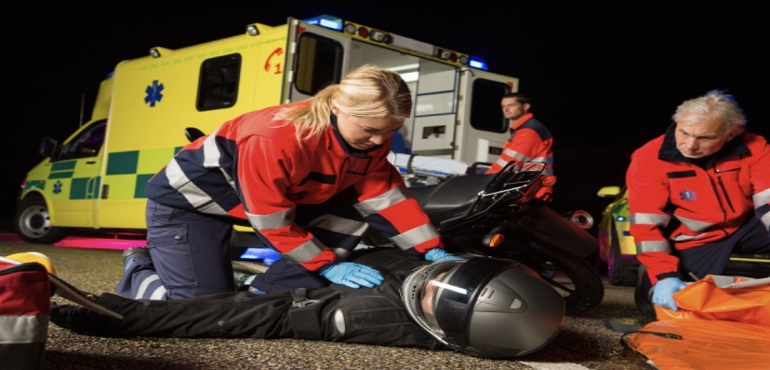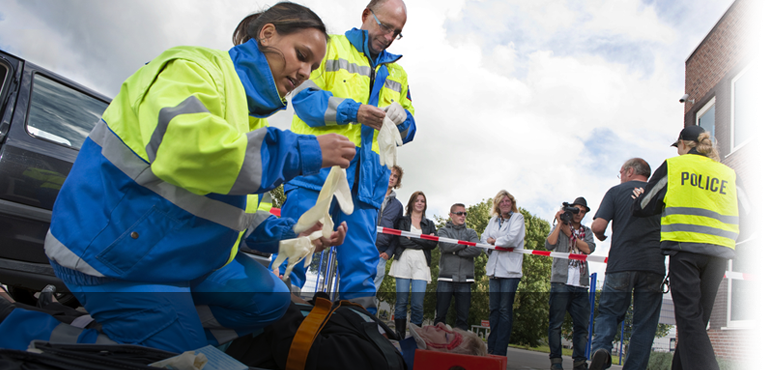| Toll Free : 1844 495 7333(injury hotline- new cases only) | |
| Text a Personal Injury Lawyer 24/7 and get instant help.TM (416 931 5015) | |
| Head Office : 905 495 7333 |
Car-seats: Keeping Your Child Safe
September 1, 2017A report released by the Canadian Pediatric Society in 2008 revealed some alarming facts. According to their study, the leading cause of death in Canadian children was motor vehicle collisions. Children and adolescents remain vulnerable in accidents and account for 16% of fatalities and 19% of injuries in Canadian motor vehicle collisions.
Although all provinces and territories mandate the use of child safety seats and restraints, many of the injuries sustained by children in accidents are caused by either the non-use or incorrect use of these devices.
It’s important for parents and care-givers, pediatricians and family physicians to have the right information on the proper use and deployment of car-seats and restraints and also of the current legislation regarding transportation of children in vehicles.
When used properly, child seats and restraints can reduce the risk of fatalities by 71% and serious injury by 67%. However, parents and care-givers are seldom well-informed about the correct use of car child seats and tend to be lax about safety issues regarding children traveling with them in cars.
Cheaper car-seats not manufactured according to strict industry standards may not function well. Defective seats can cause serious injuries when accidents happen.
If your child has been injured in a motor-vehicle accident, contact the nearest personal injury lawyer in Brampton without delay. You may be entitled to compensation.
Car-seat Regulations
Studies have also shown that nearly 80% of children in Canada are not properly protected while traveling in passenger vehicles. The Ontario Highway Traffic Act Section 106 stipulates that children have to ride in a rear-facing seat till they weigh more than 20 lbs or 9 kgs. Toddlers weighing below 18 kgs must travel facing forward. When the child weighs between 18-27 kgs and is aged about 4-8 years old, and grows too tall for the car-seat, they can be graduated to a booster seat. Finally, an 8-12 year old who weighs more than 27 kgs is ready to use a seat-belt.
Safety experts recommend that children always travel in the rear seat.
Some Common Misconceptions
- Few people are aware that car-seats have expiry dates. The manufacturer’s label clearly states the useful-life date or best-by date
- car-seats should be replaced if your vehicle has been in a collision, however minor it may be
- Seats that are cracked, torn or damaged need immediate replacement
- Seats older than 10 years should be discarded
- Constant exposure to sunlight damages the seat
- Second-hand seats, recalled seats, or those picked up from garage sales on the cheap, giveaways etc are an absolute no-no
- Don’t give or sell your car-seat to anyone
- Follow the user manual
- Use age-appropriate seats
- Place blankets or covers only after ensuring that the seat and child are securely buckled
- Anchor and secure all straps safely
- Don’t place bulky items behind/under the child
- Pay attention to the child’s comfort
Families face enormous physical, financial and emotional consequences when injuries happen. There are several complex legal, medical and insurance issues involved in claiming compensation. An experienced Brampton car accident lawyer can assist you and your family if your child is injured in a collision.
Car-seats: Keeping Your Child Safe
September 1, 2017A report released by the Canadian Pediatric Society in 2008 revealed some alarming facts. According to their study, the leading cause of death in Canadian children was motor vehicle collisions. Children and adolescents remain vulnerable in accidents and account for 16% of fatalities and 19% of injuries in Canadian motor vehicle collisions.
Although all provinces and territories mandate the use of child safety seats and restraints, many of the injuries sustained by children in accidents are caused by either the non-use or incorrect use of these devices.
It’s important for parents and care-givers, pediatricians and family physicians to have the right information on the proper use and deployment of car-seats and restraints and also of the current legislation regarding transportation of children in vehicles.
When used properly, child seats and restraints can reduce the risk of fatalities by 71% and serious injury by 67%. However, parents and care-givers are seldom well-informed about the correct use of car child seats and tend to be lax about safety issues regarding children traveling with them in cars.
Cheaper car-seats not manufactured according to strict industry standards may not function well. Defective seats can cause serious injuries when accidents happen.
If your child has been injured in a motor-vehicle accident, contact the nearest personal injury lawyer in Brampton without delay. You may be entitled to compensation.
Car-seat Regulations
Studies have also shown that nearly 80% of children in Canada are not properly protected while traveling in passenger vehicles. The Ontario Highway Traffic Act Section 106 stipulates that children have to ride in a rear-facing seat till they weigh more than 20 lbs or 9 kgs. Toddlers weighing below 18 kgs must travel facing forward. When the child weighs between 18-27 kgs and is aged about 4-8 years old, and grows too tall for the car-seat, they can be graduated to a booster seat. Finally, an 8-12 year old who weighs more than 27 kgs is ready to use a seat-belt.
Safety experts recommend that children always travel in the rear seat.
Some Common Misconceptions
- Few people are aware that car-seats have expiry dates. The manufacturer’s label clearly states the useful-life date or best-by date
- car-seats should be replaced if your vehicle has been in a collision, however minor it may be
- Seats that are cracked, torn or damaged need immediate replacement
- Seats older than 10 years should be discarded
- Constant exposure to sunlight damages the seat
- Second-hand seats, recalled seats, or those picked up from garage sales on the cheap, giveaways etc are an absolute no-no
- Don’t give or sell your car-seat to anyone
- Follow the user manual
- Use age-appropriate seats
- Place blankets or covers only after ensuring that the seat and child are securely buckled
- Anchor and secure all straps safely
- Don’t place bulky items behind/under the child
- Pay attention to the child’s comfort
Families face enormous physical, financial and emotional consequences when injuries happen. There are several complex legal, medical and insurance issues involved in claiming compensation. An experienced Brampton car accident lawyer can assist you and your family if your child is injured in a collision.








